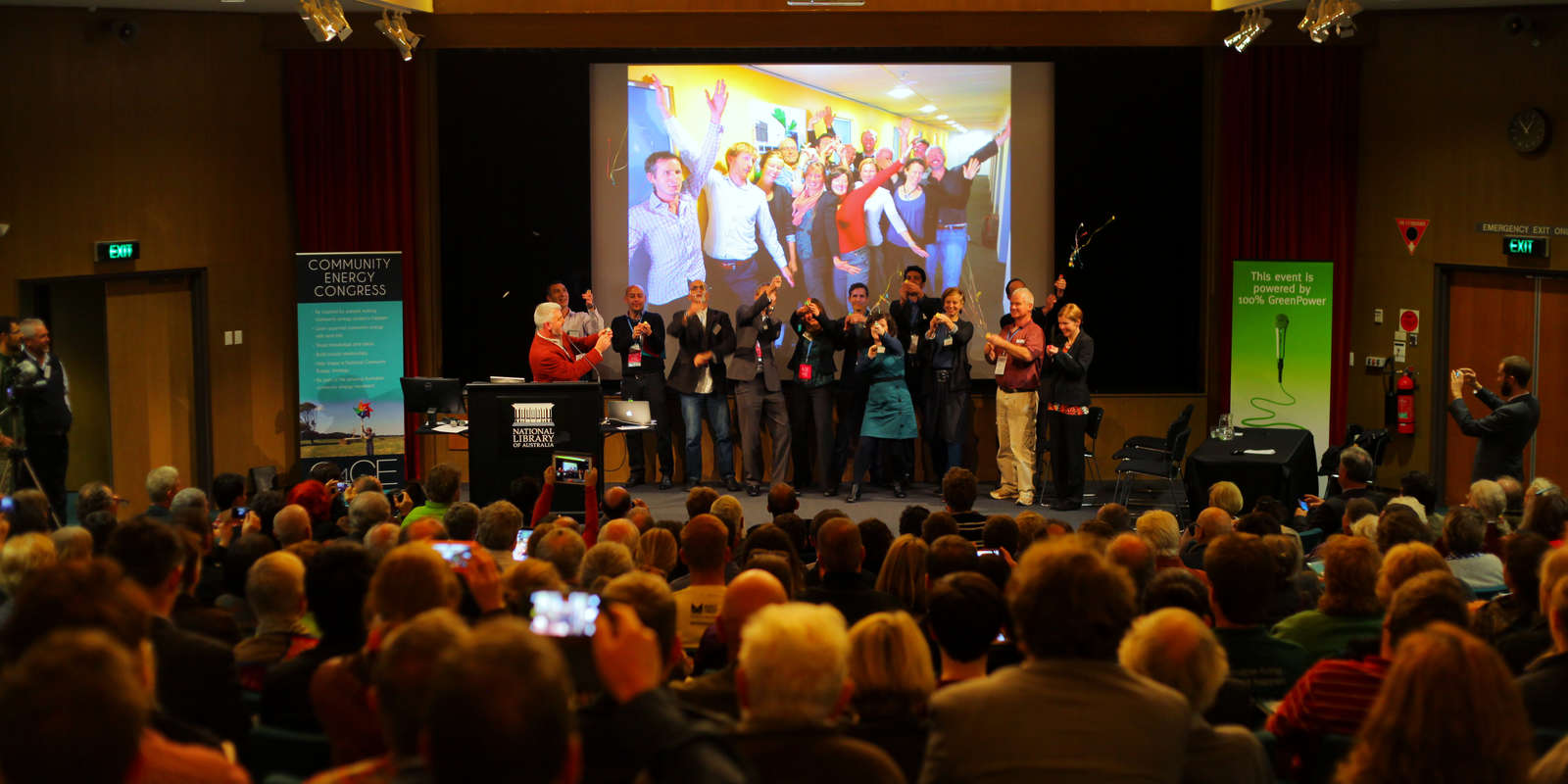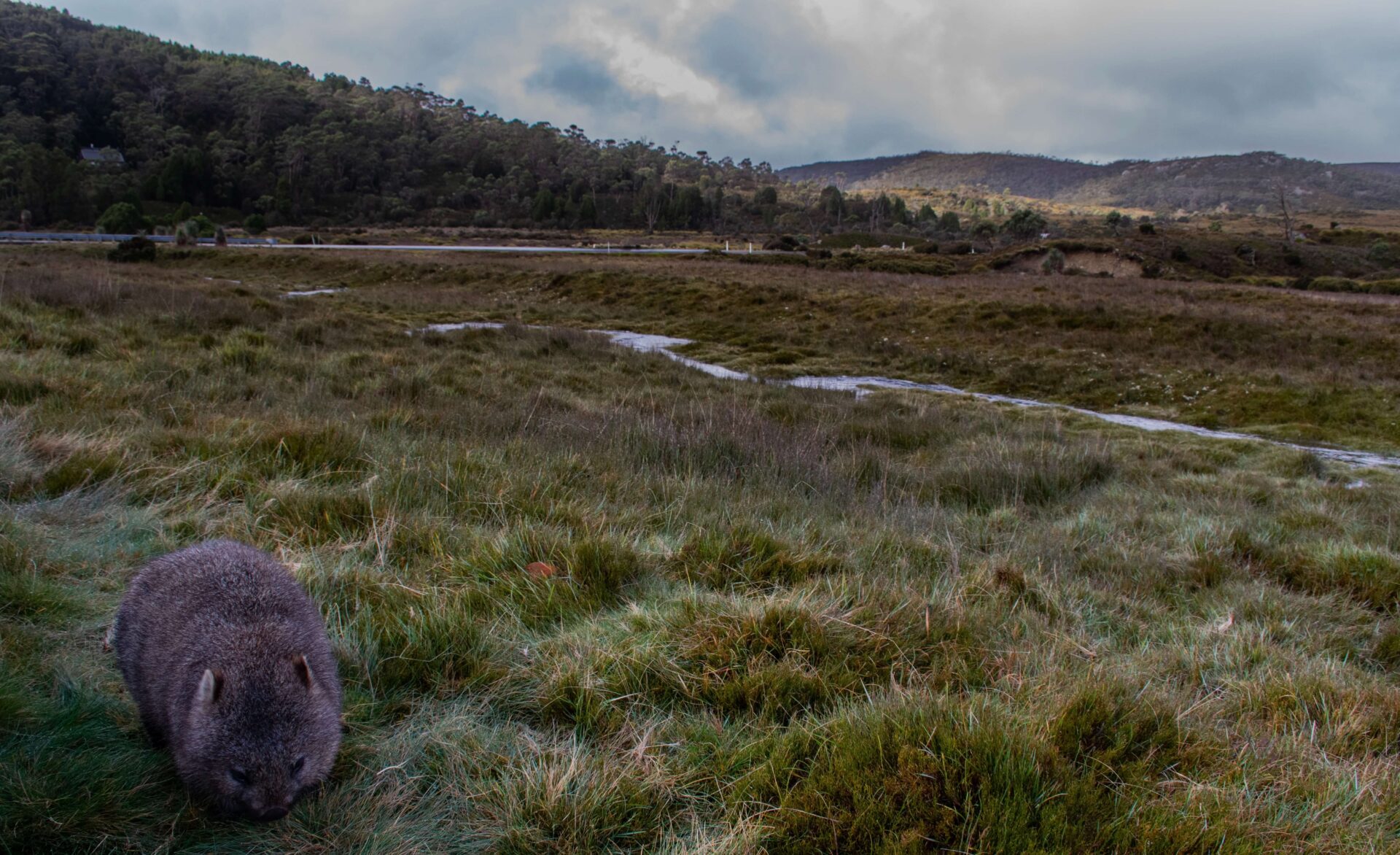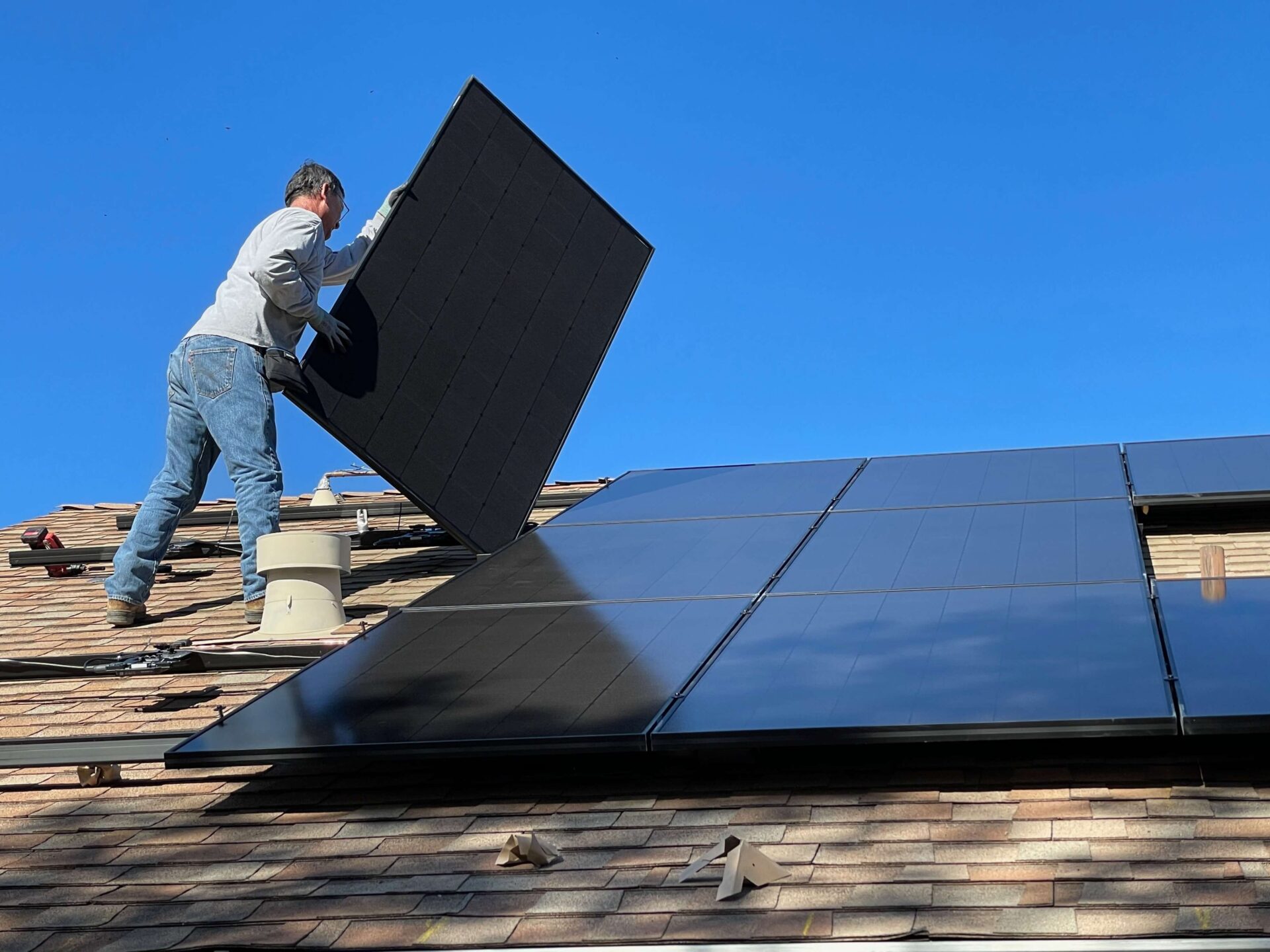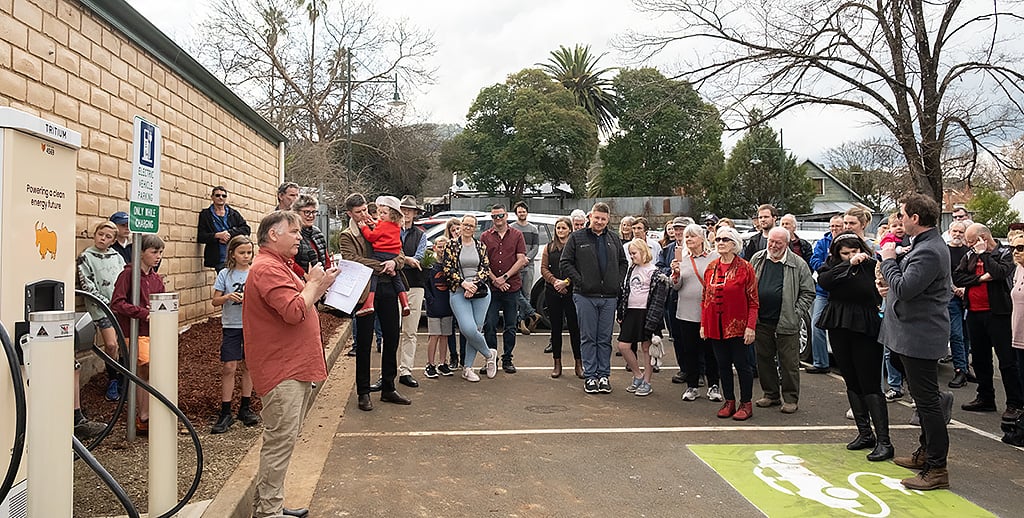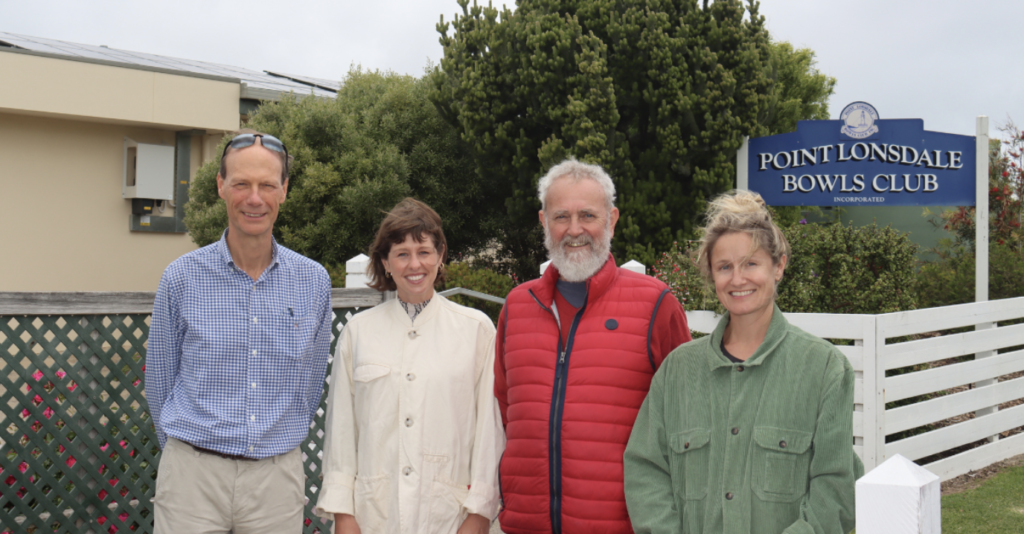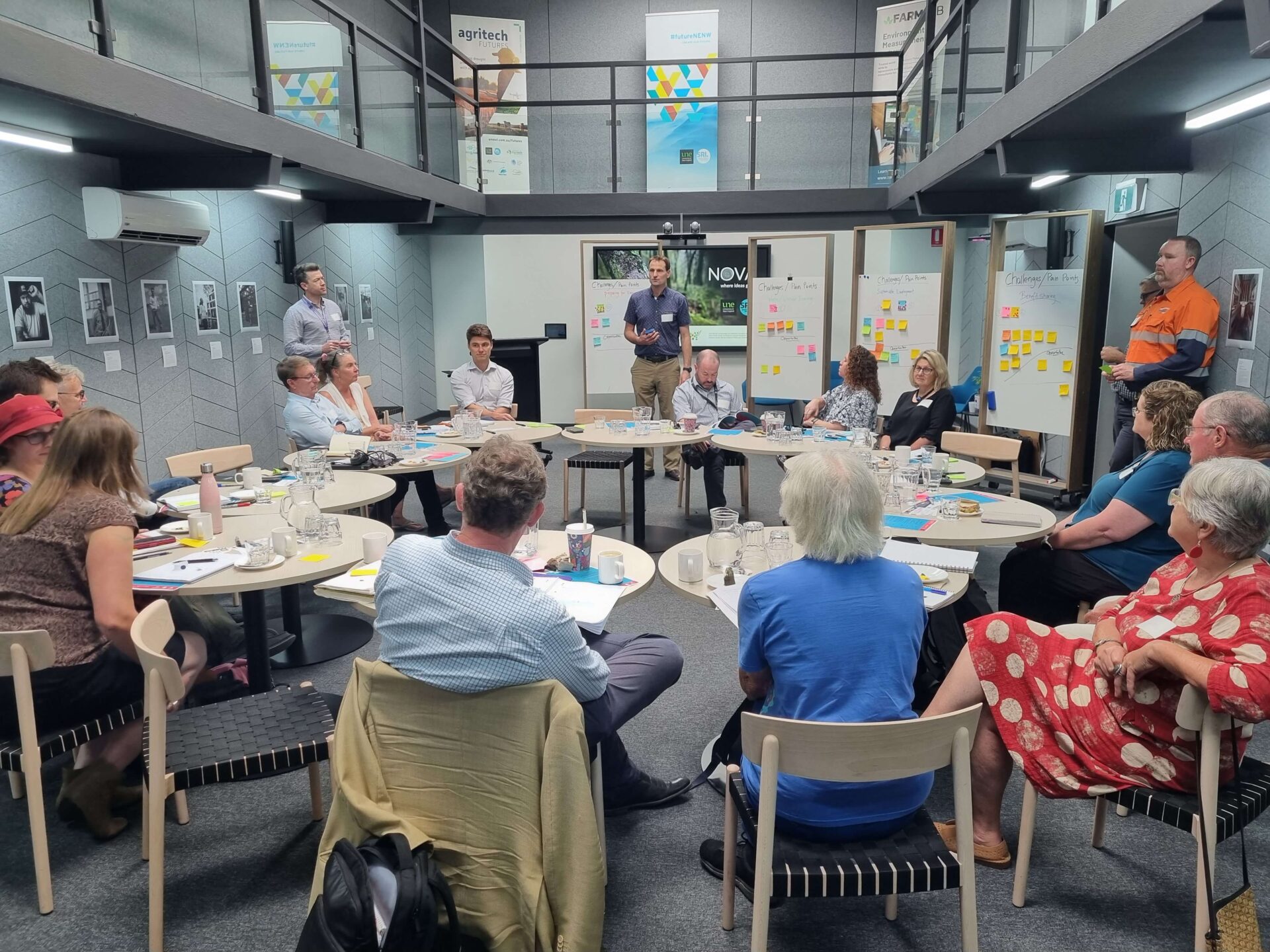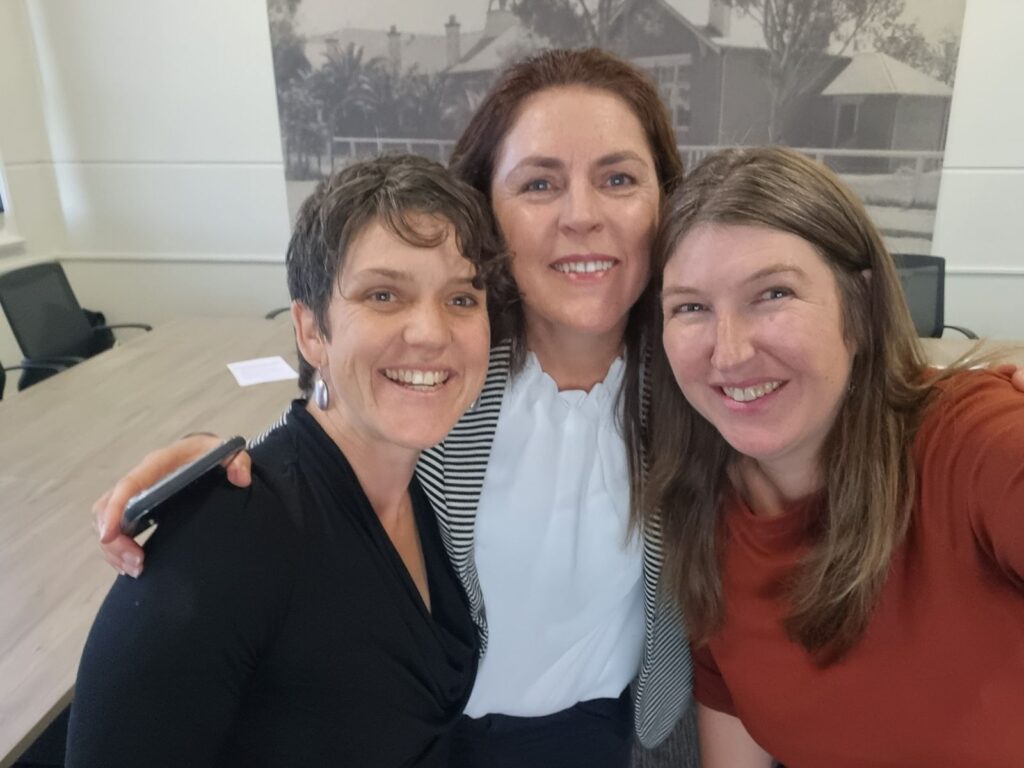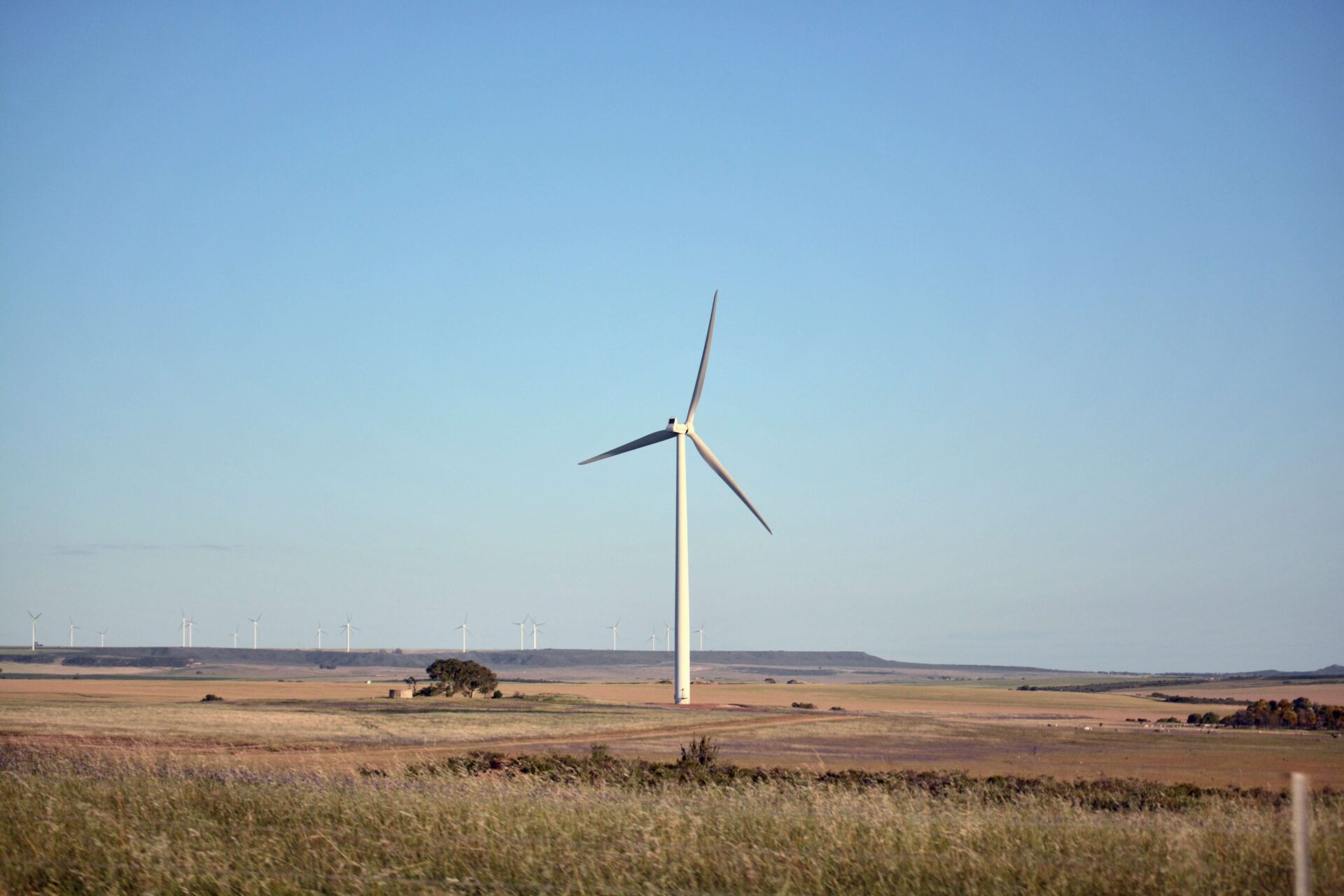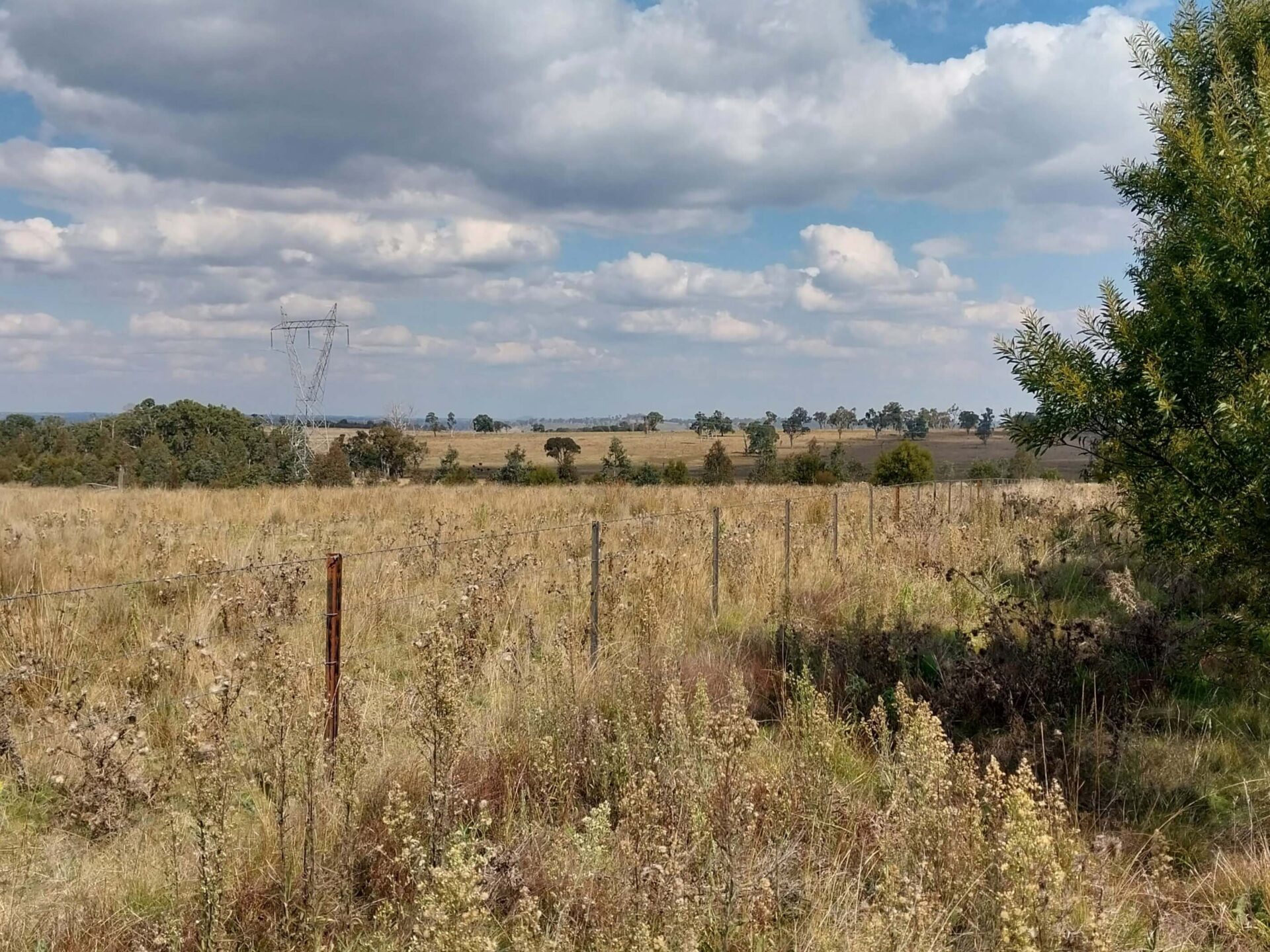The Tasmanian Government has just launched an interactive mapping tool to seek input from the community on where their “Important Places” are in the North West of the State. In December 2022 the Tasmanian Government announced that the North West region of the state would be the first region to be studied in detail and considered for being a Renewable Energy Zone (REZ). This collaborative mapping tool feeds into the state’s planning process for the REZ.
In a media statement made yesterday, Minister Barnett said “Community input is critical to understand the places where REZ may be best located and what communities expect in the way of benefits if they are to host a REZ”. He added that the mapping tool “allows community to contribute their local knowledge by identifying places that are important, whilst also identifying places where they think renewables may be best placed in the region”.
As state governments throughout the National Electricity Market progress planning and policy design to establish Renewable Energy Zones it is commendable to see the Tasmanian Government creating opportunities and using innovative engagement techniques for community participation early in the design phase.
“We believe this is an Australian first, to see a participatory community mapping process where individuals can identify their own important places and have it feed into the REZ planning” said Ms Kim Mallee, from Community Power Agency.
Community Power Agency is passionate about enabling communities to be at the heart of the energy transition and to reap the benefits that this transformational change can bring. For this to occur and for the community’s voices to be heard, excellent engagement opportunities must be conducted early in the development process. Whether it is an individual project or a State REZ policy, the path to better social licence and understanding starts with good listening.
“We encourage everyone from North West Tasmania to get involved, spread the word and add your important places to the map”, Ms Mallee said.
The “Mapping Important Places” engagement opportunity will be open for the month of July 2023 and is available here.
